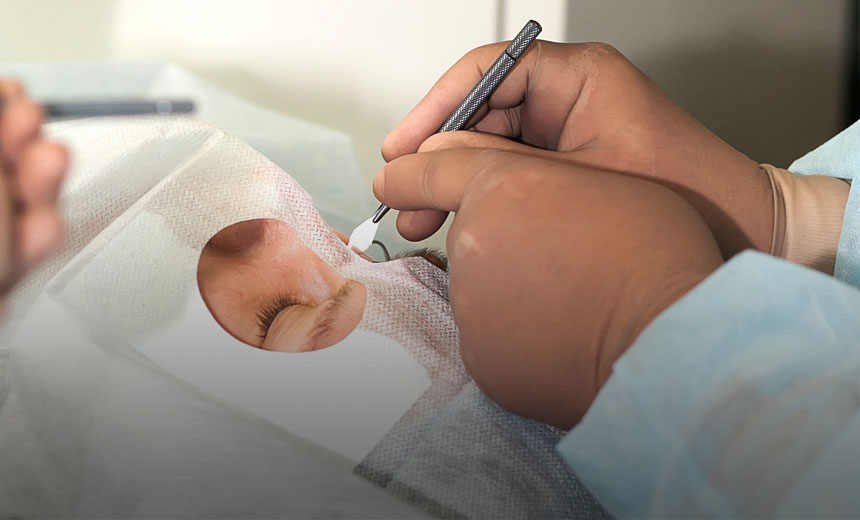"*" indicates required fields
26/08/2017

Laser eye surgery involves reshaping the cornea. There are several types of laser eye surgery, the most common being LASIK.
When reading about the laser eye surgery procedure called LASIK (Laser Assisted In Situ Keratomileusis), you’ll most likely come across reference to a ‘flap’. If you are one of those people who want to completely understand the mechanics of LASIK before proceeding with laser eye surgery, you’ll need to know exactly what the ‘flap’ is.
The cornea is the surface of the eye – sometimes referred to as the eye’s window. It consists of five layers. The surface layer is called the epithelium. The thickest layer of the cornea is called the stroma.
Successful laser eye surgery involves reshaping the corneal stroma, a layer underneath the epithelium. Therefore, a laser eye surgeon needs access to this layer.
The flap involves making an incision in the circular strip of the outer corneal tissue, then separating it from the underlying stroma. However, one segment of the tissue remains attached by not completing the circle – thus, a small portion of the cornea acts like a hinge.
Once the tissue is cut to size, the ‘flap’ is complete. The laser eye surgeon will then gently move the flap by folding it back, like opening a door. Now, the stroma is exposed and the remodelling of that layer can begin – this is done using an excimer laser that is programmed for the specific requirements of the patient.
The final step is to re-position the ‘flap’. The laser eye surgeon smoothes the flap into place, making sure that there are no air bubbles and ensure that it ‘fits’ properly. No stitches are necessary – the flap will remain in position by natural adhesion.
Moving the flap is the only manual part of LASIK laser eye surgery. This comes down to the skill of the surgeon, and is one reason why choosing a laser eye surgeon who has vast experience is recommended.
When laser eye surgery was approved by the FDA for use in 1989, the surgeon would use a microkeratome – a surgical instrument with an oscillating blade – to precisely create the corneal flap.
In 2001, the femtosecond laser was approved for use in laser eye surgery. This laser performs a perfect incision by using ultrashort pulses. This computer-guided laser is focused just below the surface of the cornea, where the pulses create tiny bubbles. Once many overlaying bubbles are formed, the surface layer is detached from the stromal layer. This allows the surgeon to move the flap during a LASIK laser eye surgery procedure.
The ‘flap’ is a term that laser eye surgeons use and yet remains an abstract concept to many patients. Hopefully this explanation will now explain its part in LASIK laser eye surgery procedure.
Click here to learn more about laser eye surgery.
The information on this page is general in nature. All medical and surgical procedures have potential benefits and risks. Consult your ophthalmologist for specific medical advice.
Date last reviewed: 2023-06-23 | Date for next review: 2025-06-23